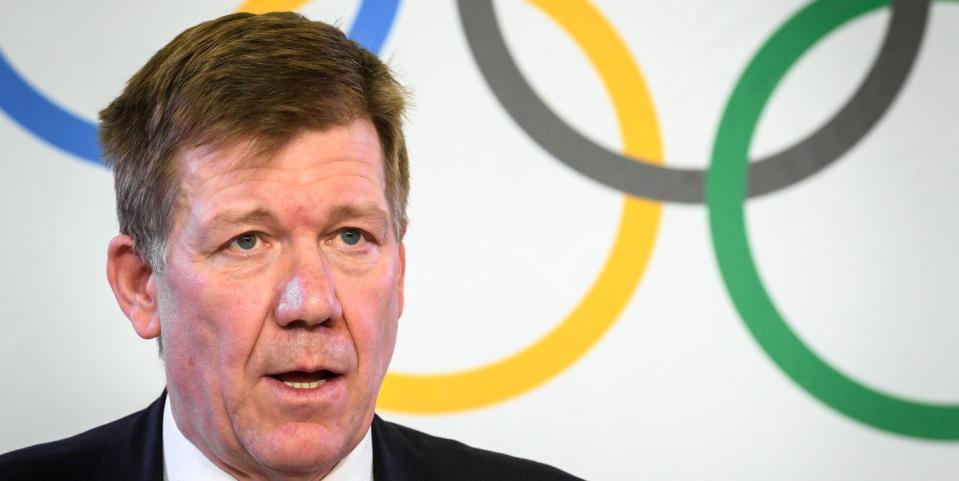IOC admits rules on transgender athletes are not fit for purpose

International rules on transgender athletes are not fit for purpose and will soon be updated, the International Olympic Committee (IOC) has said.
The announcement comes after New Zealand weightlifter Laurel Hubbard became the first openly transgender woman to compete at the Olympic Games. Although she was unable to record a lift, her presence alone attracted significant media attention and debate over the inclusion of transgender athletes in certain sports.
In a statement, Hubbard said, ‘My performance wasn’t what I had hoped but I'm humbled by the support I’ve received from so many people around New Zealand. I am aware that my participation has been controversial. Thank you to the IOC for living up to the Olympic values and showing that sport is for all and that weightlifting can be done by all types of people.’
Dr Richard Budgett, the IOC’s medical and scientific director, said science had moved on since the rules were published in 2015. Those guidelines required trans women to demonstrate that their testosterone levels had been below 10 nanomoles per litre (nmol/l) for 12 months prior to competing, which can be achieved through medication. Hubbard was able to compete for the New Zealand Olympic Team because she met these guidelines.
However, the benchmark of 10 nmol/l has been undermined by more recent findings, Budgett said. ‘At the time the 10 nanomoles per litre was set because we thought that was the lower level for men,’ he told the Guardian. ‘We know now that they go down to seven and women can be higher as well. Agreeing on another number is almost impossible and possibly irrelevant. You can debate that endlessly.’
As a result, the IOC’s guidelines will be updated within the next two months. It will be up to individual federations to find the ‘sweet spot’ between safety, fairness and inclusion, Budgett said, because there’s no ‘one-size-fits-all’ for sports. ‘There is some research, but it depends on whether you are coming from the view of inclusion as the first priority or absolute fairness to the nth degree being the priority,’ he explained.
‘If you don’t want to take any risks at all that anyone might have an advantage, then you just stop everybody,’ Budgett continued. ‘If you are prepared to extrapolate from the evidence there is, and consider the fact the have been no openly transgender women at the top level until now, I think the threat to women’s sport has probably been overstated.’
In a statement the IOC said it was 'completing a series of consultations that consider not only medical, scientific and legal perspectives, but also that of human rights, with an emphasis on the view and experiences of affected athletes.'
'This consultation process will lead to the development of a framework which will acknowledge the differences that exist between sports in order to find suitable mechanisms, policies, and approaches to ensure inclusion, non-discrimination, fairness, proportionality, and safety for all athletes in each sport,' it added.
You Might Also Like

 Yahoo Sport
Yahoo Sport 





































